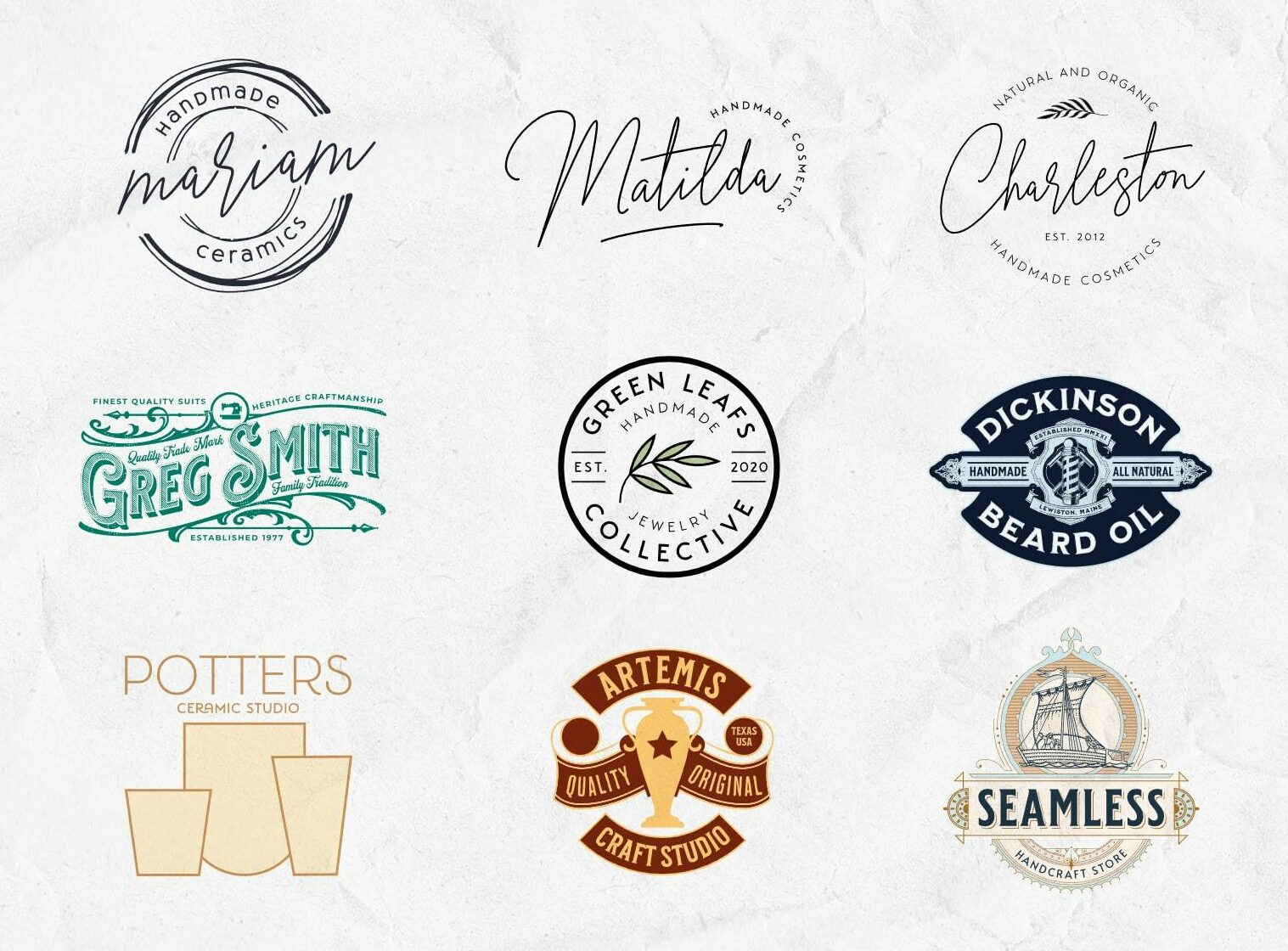Revamping your brand with a new logo can be an exciting and transformative process. A logo is a crucial part of your brand identity, and updating it can help your business stay relevant and appeal to new audiences. Here’s a simple guide to help you through the process of creating a new logo for your brand.
1. Understand the Importance of a Logo
A logo is more than just a pretty picture; it represents your brand’s values, mission, and essence. It’s the first thing people see and remember about your company. A good logo can make your brand memorable, build trust, and convey professionalism.
2. Assess Your Current Logo
Start by evaluating your existing logo. What works well, and what doesn’t? Consider feedback from customers and employees. Look for elements that might be outdated or not aligned with your current brand vision. This assessment will guide you on what to keep and what to change.
3. Define Your Brand Identity
Before designing a new logo, you need a clear understanding of your brand identity. Ask yourself:
- What are your brand’s core values?
- Who is your target audience?
- What message do you want to convey?
- What are the key characteristics that differentiate your brand from competitors?
4. Research and Gather Inspiration
Look at logos from other brands in your industry. Identify trends and styles that resonate with your brand identity. Create a mood board with colors, fonts, and design elements that you find inspiring. This will help your designer understand your vision.
5. Hire a Professional Designer
While DIY logo design tools are available, hiring a professional designer ensures you get a high-quality, unique logo. A professional can bring your vision to life, provide valuable insights, and ensure your logo is versatile across different media.
6. Collaborate and Provide Feedback
Work closely with your designer. Share your mood board and brand identity details. Be open to their suggestions and provide constructive feedback. This collaborative process helps in creating a logo that truly represents your brand.
7. Focus on Simplicity and Versatility
A great logo is simple, memorable, and versatile. It should look good in various sizes and formats, from business cards to billboards. Avoid overly complex designs and ensure your logo works well in black and white as well as color.
8. Test Your Logo
Before finalizing your logo, test it in different contexts. Get feedback from employees, customers, and stakeholders. Ensure it resonates with your target audience and aligns with your brand identity.
9. Launch and Promote Your New Logo
Once your new logo is ready, plan a launch strategy. Update your website, social media profiles, business cards, and marketing materials. Announce the change to your audience, explaining the reasons behind the new logo and what it represents.
10. Monitor and Adapt
After launching your new logo, monitor its reception and impact. Gather feedback and be open to making minor adjustments if necessary. A logo is a long-term investment, and it’s essential that it continues to represent your brand effectively.
Revamping your brand with a new logo is a significant step that can rejuvenate your business and attract new customers. By understanding your brand identity, collaborating with a professional designer, and focusing on simplicity and versatility, you can create a logo that truly reflects your brand’s essence and stands the test of time.
